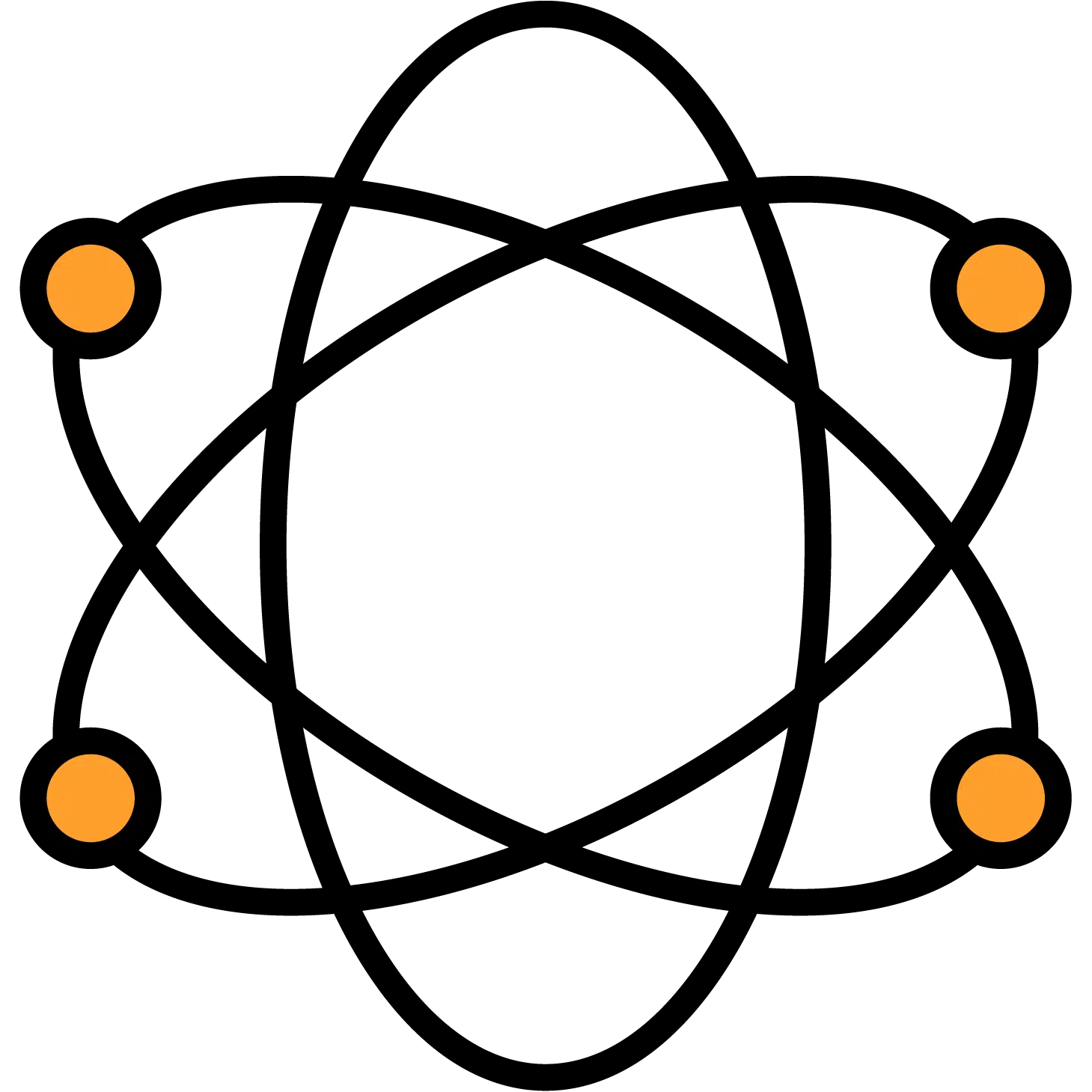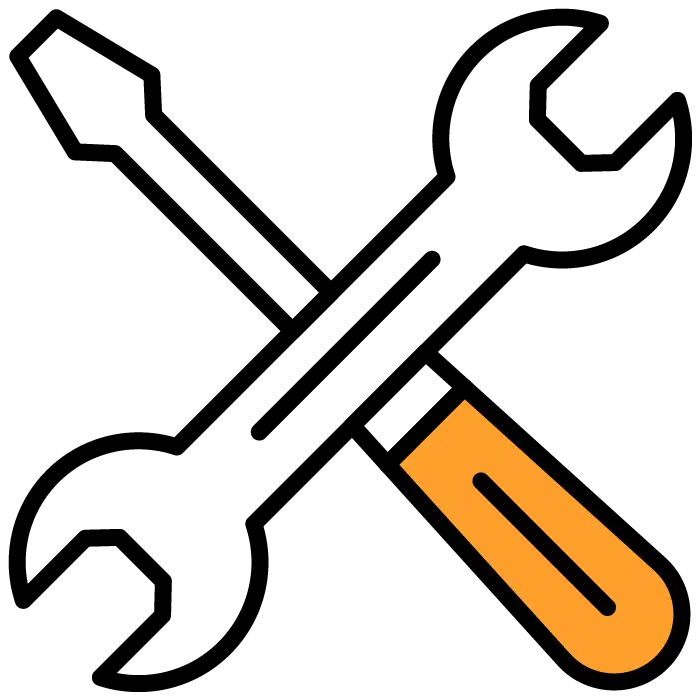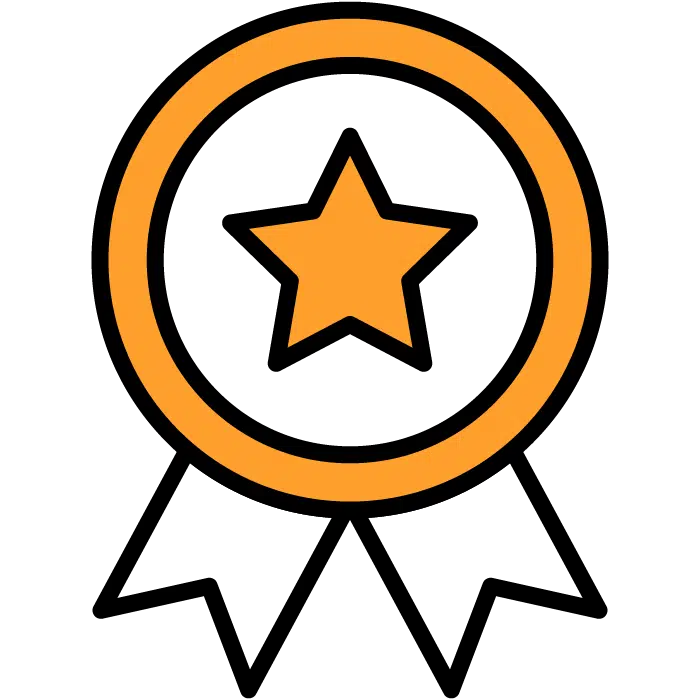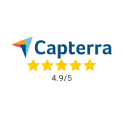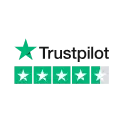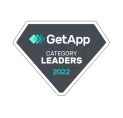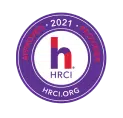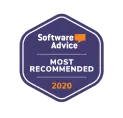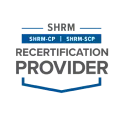Download this ATS requirements matrix to help you find the best recruiting platform, fast.
We’ve all been there—
Your hiring needs are growing, and as they do, your time is shrinking. Your days are disappearing down a rabbit hole of emails, hiring spreadsheets, and screenings, and something has to give.
That’s usually when an ATS solution starts to look inviting. But — a smart HR department knows the purchase has to start with functional requirements.
A list of applicant tracking system functional requirements can help you compare one ATS to another. In this article, you’ll learn the absolute essential applicant tracking system functional requirements, so you can make an informed decision.
Meet with our hiring coaches today to see how AI can slash 90% of the time from your hiring process. Start filling jobs faster right away, with 10x higher quality people.
Functional Requirements Of An Applicant Tracking System
The best applicant tracking system functional requirements streamline the most time-consuming aspects of talent acquisition. When considering different ATS requirements, prioritize features that:
-
Attract high-quality candidates
-
Improve your screening methods
-
Automate administrative tasks
-
Integrate with your existing hiring workflow
The best way to start is to jot down the steps in your hiring process, then choose the ATS features that fit the way you hire.
Here’s what to look for in an applicant tracking system functional requirements:
Multiple Job Board Access
A great hiring process starts with an effective candidate pipeline. Modern applicant tracking system functional requirements makes finding those candidates easy. Choose an ATS that’ll take your job description and post it to multiple job boards (LinkedIn, Indeed, and ZipRecruiter) all at once.
If you normally rely on your IT or marketing team to push job ads live, this applicant tracking system feature can save you hours if not days in red tape. Even better if this ATS allows you to manage live job ads and make quick updates.
Resume Parsing
Gone are the days when hiring managers sifted through a stack of resumes — and, frankly, good riddance. Popular applicant tracking system functional requirements have done away with manual resume scanning in favor of AI-powered resume parsing.
Feed your ATS a series of keywords related to your job description (self-starter, critical thinker, attention to detail) and the software will automatically filter candidate resumes that fit the criteria. You can also use resume parsing to scan for particular titles (e.g., CEO, Senior Director) or degrees (MBA or Ph.D.).
Automated Reference Checking
Many employers undervalue reference checking, treating it like a simple “check the box” exercise. In reality, it’s an incredibly effective way to confirm a great candidate — or steer clear of a terrible one.
The ideal HR applicant tracking system will message references via custom templates and gather their feedback for you, so you don’t have to. By automating the process, you eliminate the hassle of chasing people down, while benefiting from valuable candidate data.
Pro Tip: Discovered is a leading ATS platform respected by recruiters and hiring managers in every industry. Use our proprietary Reference Hunter tool to create custom reference questions, automate outreach messages, and gather candid feedback — all from the same platform.
One-Way Video Interviews
Structured interviews are a critical step in the hiring process. Unfortunately, they’re also a black hole for any recruiter’s calendar. Most competitive applicant tracking system functional requirements let you reclaim your calendar by scheduling one-way video interviews with candidates.
Create a custom list of interview questions, and the ATS will forward them to candidates and ask them to record their responses. You’ll get the same information, but you can review the answers on your own time — without the risk of getting ghosted.
Candidate Scorecards
As you gather candidate data, you need a concrete way to rank them — especially when coordinating with other recruiters. Any reputable ATS system will include candidate scorecards.
Select the traits and characteristics that are important for success in a role (like honesty or confidence) and the ATS will generate a standardized rubric for all members of the hiring team to use. Truly great recruiting applicant tracking systems will let you record your scorecard right in the software, so your hiring team can compare notes.
Reporting and Analytics
When battling competitors for talent, data becomes your competitive advantage. According to Harvard Business Review, algorithms outperform human hiring decisions by 25%.
The better the data set, the better your odds of making faster, better hires. Select an applicant tracking system functional requirements that offers minute-to-minute reporting of everything from cost-per-hire to candidate satisfaction, and lets you filter the data and pin critical metrics via a personalized dashboard.
Mobile-Friendly
It’s a misconception that HR teams are always glued to their desks. From job fairs to campus recruiting, hiring teams are often on the move. A mobile-friendly interface is an understated yet highly appreciated applicant tracking system functional requirements feature.
Modern ATS tools support responsive design layouts that will run on a computer, tablet, or phone. Whether you’re completing a scorecard on the bus to work or reviewing a resume before an interview, a mobile-friendly app adds welcome flexibility to the hiring process.
Instant Messaging and Collaboration
Unless you're a solo HR department, your hiring process is likely a team effort. One of the greatest applicant tracking system benefits is that they operate digitally and store candidate data on a central server.
Choose an ATS platform that lets you communicate hiring updates with the entire team — whether through shared note-taking functionality, in-app messaging software, or automated email updates.
There’s one important applicant tracking system functional requirement where many platforms come up short: pre-screening. Great hires aren’t made based on gut feel. They’re made from highly predictive data such as a candidate’s behavioral traits, cognitive ability, and leadership acumen.
Cutting-edge applicant tracking system recruiting software will automatically test candidates for on-the-job success, allowing you to filter out bad-fit candidates and home in on ideal new hires.
Pro Tip: Take the guesswork out of pre-screening with Discovered. Our ATS comes equipped with science-backed pre-hire assessments. Test candidates for cognitive ability, critical thinking, and other critical traits, so you can prequalify them instantly — before you even pick up a phone or set foot in an interview room.
Workflow Management
If you’ve been hiring for several years, your process is likely ironclad. The best applicant tracking system functional requirements embed within your existing workflow, integrating with everything from your calendar to your payroll software.
Modern ATS tools offer hundreds, if not thousands, of integrations with APIs from Google, Microsoft, ADP, DocuSign, Slack, Zoom, and countless others. This last item on our applicant tracking system feature list may arguably be the most important functional requirement of them all.
Other Applicant Tracking System Functional Requirements
Here are a few more features to consider in an ATS:
- Screen resumes and applications
- Track candidates
- Write and manage candidate communication
- Schedule interviews
- Write and place job ads
- Manage onboarding
- Store data in a cloud-based system
- Conduct behavior based assessments
- Provide interview guides
- Create and manage career pages
- Automate workflows
- Create custom tests
- Fully customizable
- Deliver time-saving AI integrations
